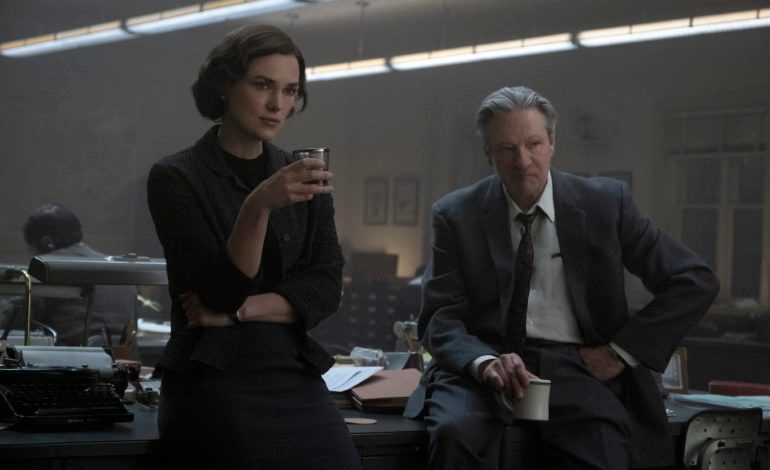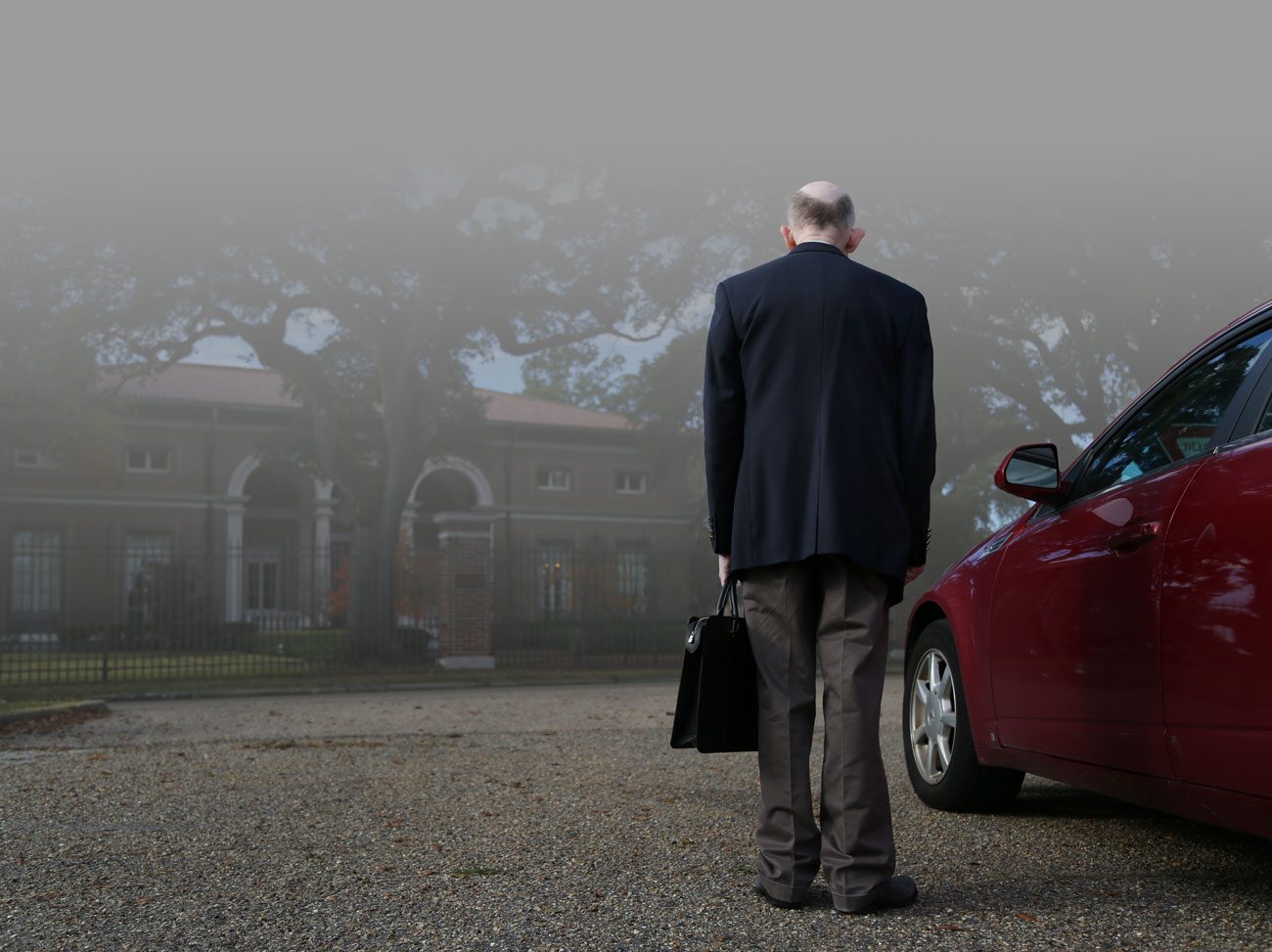

Cruel as it may sound, are we perhaps getting a little murder fatigued? The streaming platform crops yield plentiful ‘Top 10’ massacres, kidnappings, and serial killer killings weekly. True crime as a sub-genre holds records for the overall genre of documentary films, which, before the killing sprees hit the screens, was certainly not the most watched viewing category. Though platforms like the ID Network have been keeping the love of fear alive for decades, it was HBO’s The Jinx (2015) that tipped us into our current entanglement. According to a quick YouTube graph of viewership, audience watch rates leaped at least five-fold since The Jinx release, leading to where we are today with over half of Americans tuning in.
We’re fast approaching a decade-long streak of true crime obsession. Seldom do trends last this long. Do you know what ‘core’ micro-era we’re currently in? Prairiecore? Normcore? Gorpcore? The button on the revolving door of trends is jammed into a breakneck pace, but somehow ‘criminalcore’ clings on, its death grip just as mighty as its deathly depictions.
The idea that it might be too much isn’t new. Two years ago, eyebrows were raised after, trapped in a lockdown, the world became trapped in a shower of true crime docs that stormed through in one fowl rampage. The wave that could have washed away only seemed to pick up tsunami-level currents thanks to its divine timing. An article from The Ringer pointed out murder’s chief status, with Tiger King, Unsolved Mysteries, The Vanishing at the Cecil Hotel, and Night Stalker all living at number one status for over two weeks.
We live in an age where you can buy Etsy cocktail cups engraved with your favorite serial killer’s faces. T-shirts bearing phrases like; “Murder Shows & Comfy Clothes” and “It’s Either Serial Killer Documentaries or Christmas Movies – I’ll Be Slayin’ or Sleighin’” wait at the ready to be added to the average hipster millennial’s online shopping cart.
So great is the reminder of crime-that-is-true that it’s beginning to seem like a relaxing spa day when you can enjoy a showcasing of light cult-mentality manipulations and multi-million dollar financial swindles instead. I now savor my sips of cat-fishing and pyramid schemes like they’re piña coladas on a beach vacation.
This search for reprieve may be a small percent of why Matt Ruskin’s Boston Strangler (starring Keira Knightley) had no natural stronghold over audience attention. However, it’s shot with technical perfection and features strong performances- The horrifying acts of brutal murder somehow feel rung out. How can the worst and most unforgivable of heinous crimes roll off without a blink? Have we become such grotesque gladiator-vying spectacle consumers that we’ve numbed our palettes to the hideous? From the safety of our couches, with our after-work wine and reheated leftovers, we’re so far removed from the horror that one might be disappointed if the story isn’t unexpectedly twisted enough. These were real lives, for heavens’ sake, not the plot of Knives Out!
If desensitization isn’t your fatigue symptom, you might come from the tract that feels it’s too much. Every stab of the serial killer’s knife is in the thin veil of your faith in humanity. On top of the regular news cycle and surprise parking ticket fees, the perpetual display of actual crime violence has left you feeling thoroughly beaten down. You might find it hard to put morsels of popcorn into your face while a dramatic reenactment of a beheading occurs on the screen before you.
Is there a way out of this societal actual crime sinkhole we’ve found ourselves in?
If you find yourself gasping for fresh air, the way out might not be through the top but a little molehill side shuffle to other, fluffier avenues of criminal activity. Fluffy crimes like; LulaRoe lies, fyrey festivals, and fast food frauds can be guiltily refreshing. Ah, isn’t it nice that these lovely people were only swindled out of their life savings and not their lives? How luxurious to be allowed to view something other than bodily harm. It’s a hearty gulp from a glass half-full in a genre that can seem devoid of any liquid.
Take, for example, the 2014 documentary Art and Craft. A wonderfully titled and bizarrely charming piece about the artist Mark Landis who for decades hoodwinked museums into accepting his fantastic forgeries as donations. Living in a humbly cluttered apartment, he’s not the revolving personas that he adopts when donating his fakes. He’s had a variety of charades, from suggesting that relatives have left him these historic valuables to cosplaying as a priest. He bears the elfish demeanor of someone who’s the only one inside the joke, and for nearly 30 years, he was. Over 45 museums and their many expert analyzers couldn’t see past his glorious illusions.


Beyond the plot, the documentary is layered in the same ways Landis forms his masterpieces. Each brush stroke paints the subject in a fuller and more richly textured form. He starts as the villain, then a victim of job loss. Then a jester and a hermit, and then by blending those shades, emerges the fully-fledged portrait of a man with schizophrenia whose found purpose and belonging through his mischievous craftsmanship.
The kind of respect can be hard to come by in this field. The balancing act that any documentary faces are a teeter-totter of information v. entertainment. At their best, true crime documentaries can bring attention to cold cases and create more awareness around safety concerns. At their worst, they can feel exploitative when the desire to entertain causes filmmakers to lead the audience down more of a whodunnit murder mystery chase than the real-life subjects maybe deserve. It’s suddenly just a thin line between true crime and True Detective.
The wild and delightful factor in the true crime of Art and Craft is that Landis wasn’t even committing a crime. He was perhaps breaking the codes of conduct for highly valued art donations, in which the museum hopes the painting is what it claims to be. But he wasn’t making multi-millions off of a sale. It was a charitable donation, a present, a sweet gift for the eyes of the community.
Yes, we can’t say that he wasn’t hurting anyone. The museum curators and employees who’ve been duped rightly feel as though they’ve been wronged. But as an actual crime viewer, this is the type of documentary that offers a relaxing respite. Landis didn’t steal, kidnap, corrupt, embezzle, maim, or murder. His fraud didn’t even rob anyone of more than the time for an odd meeting with a fascinating man and an inspection to prove that his fakes were that good. Even the museum attendees were still able to view Landis’s history. It’s a rarer gift than viewing something like a foofaraw Mona Lisa. Ten million people see her annually- What’s so special about that?
Art and Craft stand out in that it entertains while not exploiting. It’s a character piece that enriches our compassion for how complex we, us simple humans, really are. Documentaries like these are the breaths of fresh air we need. They’re not the gluttonous piña colada, but the warm cup of rooibos tea with a dash of milk (alternative, if it suits you). It’s the ‘Chicken Soup for the True Crime Soul.’ Not so soupy, but the kind of concoction that the genre would benefit from seeing more of.
